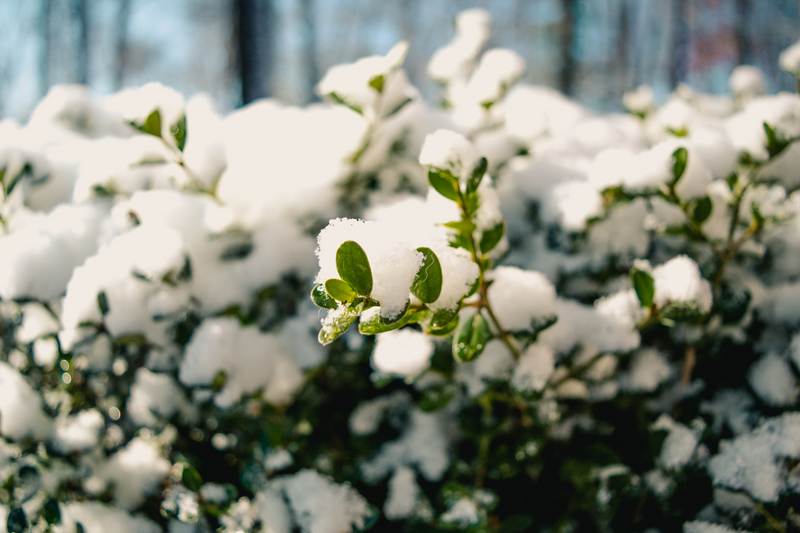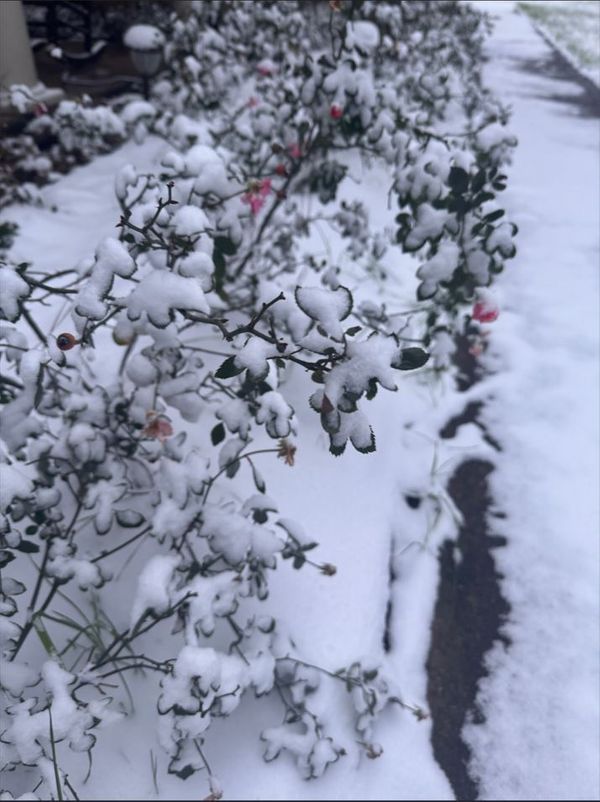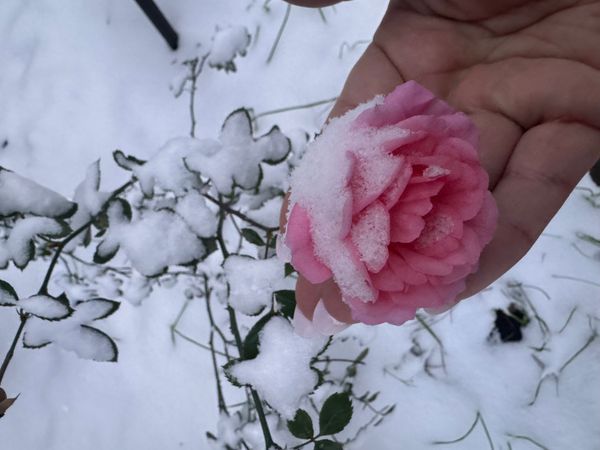While the aftermath of cold weather in a garden can be disheartening, many plants have a remarkable ability to bounce back with the right care. Here's a guide to post-snow and freeze plant recovery.
Plant Care: After Snow & Freezing Weather

Immediate Attention & Care
Remove Protective Covering
When overnight freezing temperatures are no longer expected it is important to remove your protective plant coverings. This will allow proper air circulation, prevent overheating & allow the plants exposure to the sun that will all aid in the fast recovery of your plants.
Remove Damaged, Soft Plant Material
Plants that have turned mushy, gooey, or discolored need immediate attention. Damaged tissues can invite disease. For plants like banana trees, elephant ear, agapanthus, philodendrons, and giant ligularias, cut the affected parts all the way down to the ground.
Check for Structural Integrity
If branches are broken or split from the weight of ice or snow, prune them cleanly at the nearest healthy joint. This reduces stress on the plant and prevents further damage.
Individual Plant Care

Azaleas
Azaleas may have suffered damage to their leaves and buds. Resist the urge to prune immediately and give the plant time to produce new growth as temperatures rise. We recommend pruning in March after blooms are spent.
Perennials
Snow is a fantastic insulator and can help keep tender perennial roots protected from a hard freeze. For perennials such as lantana, Mexican heather, and blue salvias, if the plant is not mushy, leave it untouched until spring as dead wood & brown leaves will act as a protective blanket in case of another freeze. If a plant shows no signs of new growth but feels firmly rooted when gently pulled, leave it alone. Many perennials and shrubs can regrow from the roots, even when the top appears lifeless.
Palms
For palms, the condition of the fronds tells you what to do:
- Be patient and leave fronds in place to see if new growth is emerging. Remove completely brown and dead fronds in the spring.
- If fronds show any sign of green, leave them untouched because this green will aid in the recovery of your palm tree.

Roses
Roses are among the hardiest plants and thrive with proper pruning. If your roses haven’t been pruned yet, wait until late February to perform a hard prune. Cut back 1/2 to 2/3 of rose height, removing winter damage and dead wood, to encourage robust growth.
Lawn
Once the threat of another freeze passes, it is time to cut the lawn slightly lower than usual. This will remove dead winter grass and expose your lawn blades to more sunlight and provide room for healthy new growth. Wait till your grass is actively growing before applying fertilizer, typically this is around March.
General Tips for Recovery
- Water Wisely: Ensure the soil remains moist but not waterlogged. Consistent moisture helps plants recover faster.
- Mulch for Protection: Adding a layer of mulch can help regulate soil temperature and protect roots during temperature fluctuations. It’s also a good idea to mulch over perennials that froze to help protect roots/crowns.
Patience Before Replacement
With patience and proper care, your garden can recover from Houston's recent winter weather. Snow is a fantastic insulator and should help keep tender perennial roots protected from a hard freeze. If your garden has suffered significant damage and you’re considering plant replacements, give McDugald Steele a call for a consultation. Our experts are here to help bring your garden back to life with care and expertise.
